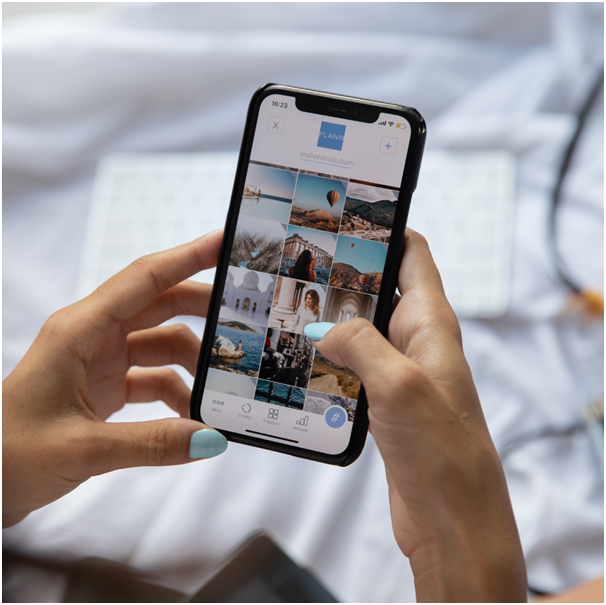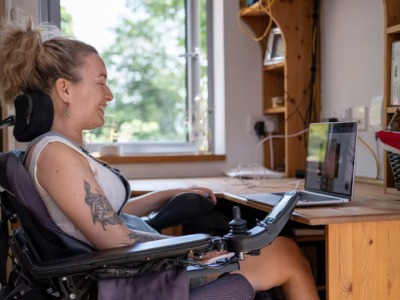Designing compelling mobile applications has become a vital component of success in app development. Digital natives now expect flawless user experiences and visually appealing interfaces, so mobile app designers should stay up-to-date on best practices when offering mobile app design services and look to various sources for inspiration.
Explore the key techniques and sources of inspiration for designing enticing mobile applications.
7 Best Practices When Designing Mobile Apps
Understanding User Needs and Preferences
Before exploring design intricacies, it’s imperative to grasp the needs and preferences of the target audience. A thorough understanding of user demographics, behaviours, and pain points lays the foundation for crafting resonating designs. Mobile app design agencies employ different techniques, including user personas, surveys, and user testing, to glean insights and tailor experiences accordingly. By aligning design decisions with user expectations, designers can create interfaces that attract and retain users.
Incorporating Visual Hierarchy and Consistency
Visual hierarchy is crucial in guiding users’ attention and facilitating comprehension. Designers can create visually appealing interfaces that communicate effectively by strategically organising elements based on their importance and relationship. Consistency across elements such as typography, colour schemes, and iconography fosters familiarity and reduces cognitive load for users. Mobile app UI/UX design should also adhere to established design patterns while incorporating brand identity elements to maintain coherence and reinforce brand recognition.
Utilising Animation and Micro-interactions
Animation and micro-interactions inject life and personality into mobile app designs, enhancing user engagement and delight. Thoughtfully crafted animations can convey context, provide feedback, and create smooth transitions between screens. Micro-interactions, such as button animations and loading indicators, offer subtle cues that acknowledge user actions and make interactions more intuitive. Mobile app design agencies leverage animation libraries and tools to prototype and iterate animations, ensuring they enhance rather than detract from the user experience.
Optimising for Mobile Web App Design
As the usage of mobile devices continues to surge, optimising designs for mobile web apps is essential. Designing for smaller screens and varying resolutions requires a mobile-first approach, where simplicity and clarity take precedence. Mobile web app design can be drawn from responsive design frameworks, enabling seamless adaptation across different devices and platforms. By prioritising performance and accessibility, designers can create engaging mobile web app experiences that cater to the needs of modern users.

Seamless User Experience (UX) Design
Mobile app UI/UX design is more than just aesthetics; it’s about delivering a seamless and intuitive user experience. From onboarding processes to navigation and interaction patterns, every design aspect should prioritise usability. Utilising established UX principles such as simplicity, consistency, and feedback mechanisms guarantees that users can effortlessly navigate through the app and accomplish their tasks. Mobile app designers often emphasise the importance of user-centric design approaches to enhance engagement and satisfaction.
Embracing Minimalism and Negative Space
In an era saturated with information and distractions, minimalist design principles offer a refreshing approach to mobile app design. Designers can create clean, uncluttered, and focused interfaces by embracing simplicity and negative space. A minimalist design also enhances usability and conveys sophistication and elegance. Mobile web app design inspirations for minimalist aesthetics can be found across various industries, from architecture to graphic design, inspiring designers to distil complex concepts into elegant and intuitive interfaces.
Fostering Accessibility and Inclusivity
Accessibility is an essential aspect of mobile app design, ensuring that everyone can use the app effectively. Designing with accessibility in mind involves considering text legibility, colour contrast, and navigational aids for users with disabilities. Mobile app design services prioritise inclusive design practices to accommodate diverse user needs and promote equal access to digital experiences. By fostering accessibility, designers comply with regulatory requirements and also demonstrate a commitment to social responsibility and inclusivity.
Conclusion
A thoughtful fusion of creative inspiration, advanced methods, and user-centred ideas is needed to create captivating mobile app designs. Through comprehension of customer requirements, emphasis on usability, and adoption of design trends, mobile app design agencies may produce interesting and engaging user experiences. Whether it’s through animation, accessibility, or mobile web app optimisation, following the best practices makes mobile apps stand out in an increasingly competitive market. Mobile app design companies may produce captivating solutions and make an impression on users if they take the proper approach and pay close attention to detail.
Visit Right On Media to start your journey towards mobile app excellence!














Comments